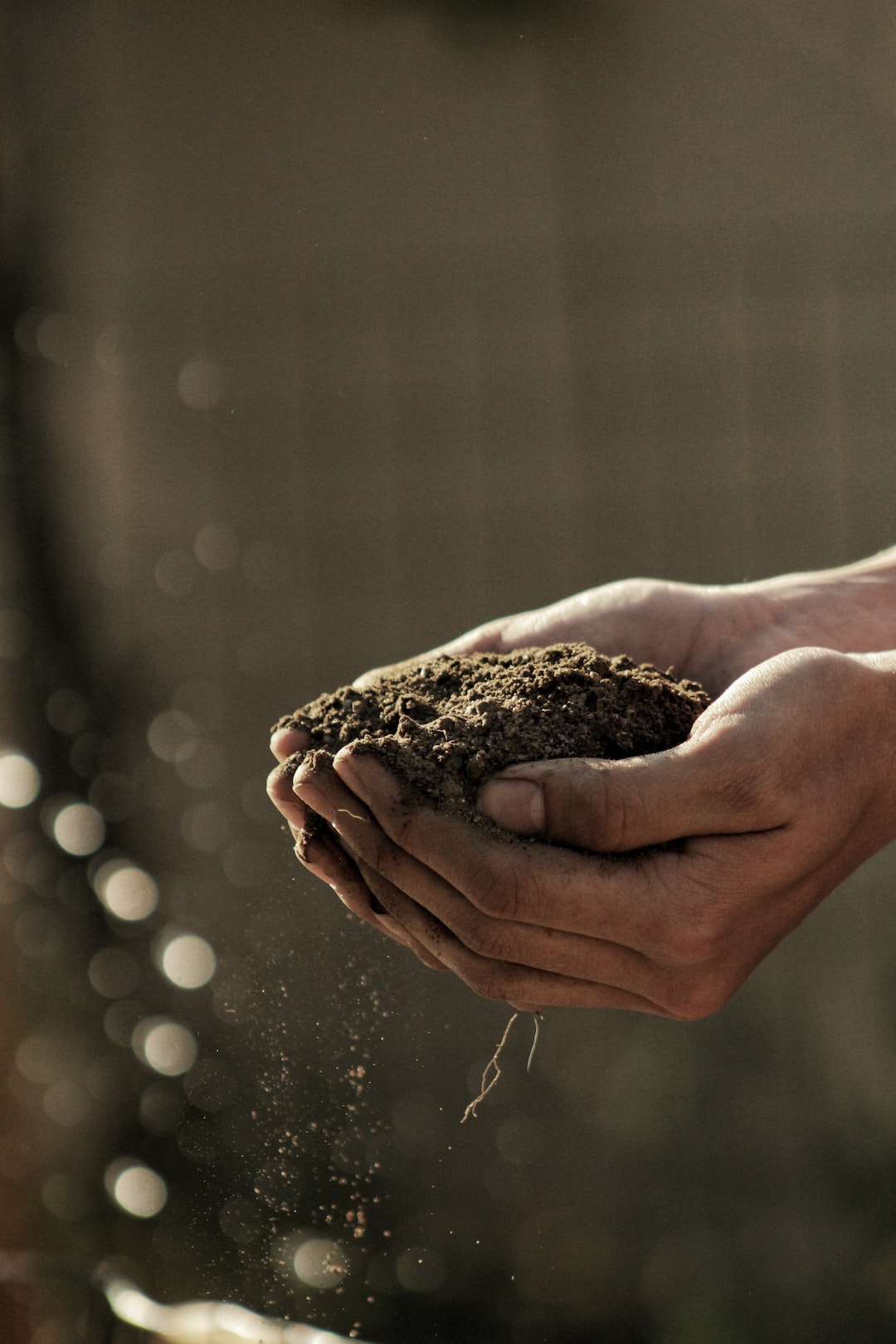The Healing Power of Herb Gardens: Popular Medicinal Plants
In this modern age where synthetic drugs are readily available, many people seem to have forgotten about the natural remedies that have been used for centuries – medicinal plants. Herb gardens are making a comeback as a way to harness the healing power of these plants and promote overall well-being. Let’s explore some popular medicinal plants that can be grown in your very own herb garden.
1. Aloe Vera: Known for its soothing and healing properties, aloe vera is a staple in every herb garden. This succulent plant has a gel-like substance within its leaves that can be applied topically to treat burns, wounds, and skin irritations. Aloe vera also possesses anti-inflammatory and antimicrobial properties, making it beneficial for digestive issues when consumed internally.
2. Lavender: With its calming aroma and beautiful purple flowers, lavender is a favorite medicinal plant for stress relief and relaxation. Its essential oil can be used in aromatherapy to promote better sleep and alleviate anxiety. Additionally, lavender is known for its antiseptic properties, making it an excellent choice for treating minor cuts and insect bites.
3. Peppermint: The refreshing scent and flavor of peppermint make it a popular choice for herbal teas and remedies. Peppermint leaves contain menthol, which helps alleviate symptoms of indigestion, nausea, and headaches. The antispasmodic properties of peppermint can also help relieve muscle pain and cramps.
4. Chamomile: Another herb commonly used in teas, chamomile is known for its calming and soothing effects. It can help relieve anxiety, insomnia, and digestive issues such as bloating and gas. Chamomile tea is also gentle enough to be given to children to ease discomfort from teething or stomachaches.
5. Echinacea: This vibrant flower is well-known for its immune-boosting properties. Echinacea stimulates the production of white blood cells, strengthening the body’s defense against infections and illnesses. It can be taken in the form of teas or supplements to support overall immune health.
6. Rosemary: Often used as a culinary herb, rosemary has multiple health benefits. Its aromatic foliage contains compounds that improve memory and concentration. Rosemary also has antimicrobial properties and can stimulate digestion. In addition, it can be used topically as a hair and scalp tonic to promote hair growth and reduce dandruff.
7. Sage: Known for its strong flavor, sage is more than just a culinary delight. It possesses antioxidant and anti-inflammatory properties that can help alleviate sore throats, ease menopause symptoms, and improve memory and cognitive function. Sage can be used as an essential oil, in teas, or as a seasoning in various dishes.
8. Calendula: The bright orange or yellow flowers of calendula have been used for centuries to heal wounds, soothe irritated skin, and reduce inflammation. It is commonly found in balms and salves, as well as in herbal teas for digestive and menstrual support.
While these are just a few examples of popular medicinal plants, there are countless others that can be grown in a herb garden. It is important to note that the information provided is for informational purposes only and should not replace professional medical advice.
Having a herb garden not only provides a convenient and natural source of remedies but also offers therapeutic benefits. The act of tending to the garden, nurturing the plants, and connecting with nature can be a healing experience itself. So, consider starting your own herb garden and unlock the healing power of medicinal plants in your life.


